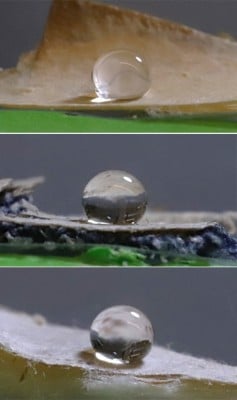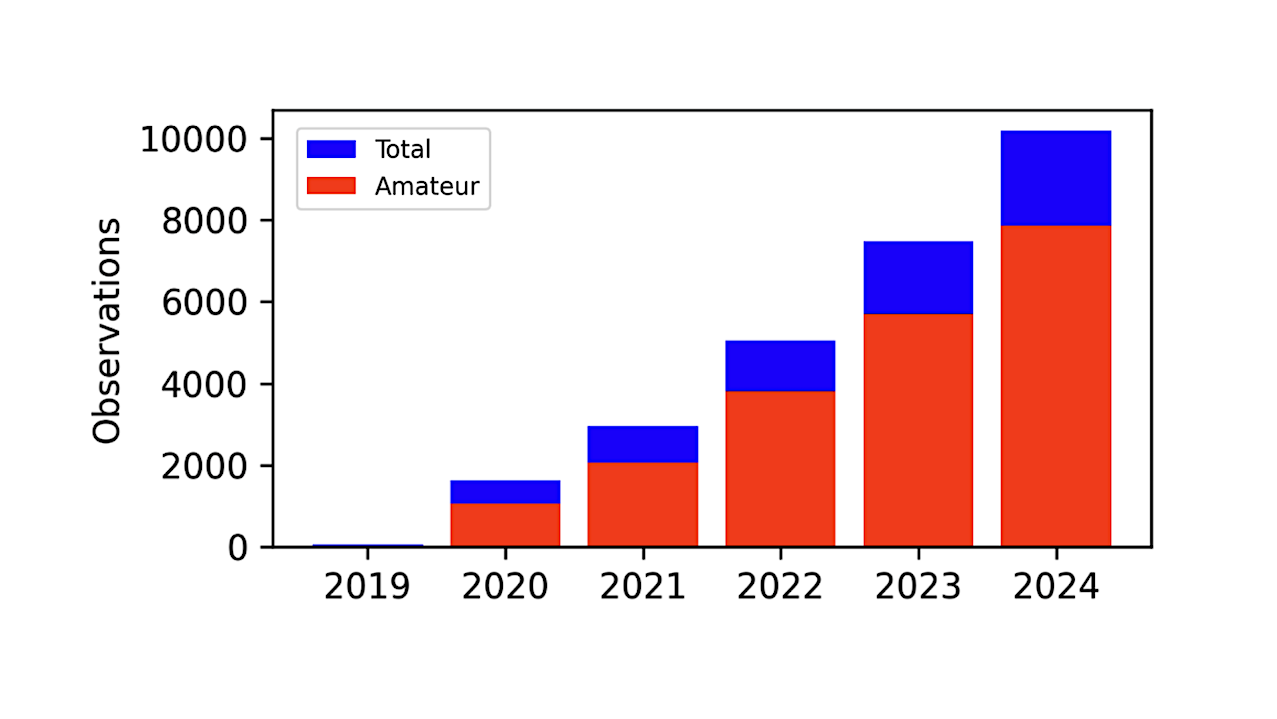A groundbreaking imaging technique has emerged, allowing scientists to observe the growth of metal crystals within liquid metal. This advancement, developed at the University of California, Berkeley, could significantly enhance methods for hydrogen production, a key element in the transition to renewable energy sources.
This innovative approach parallels the familiar process of dissolving sugar in hot water. As the solution cools, pure sugar crystals form, leaving impurities behind. Similarly, researchers can now visualize how metal crystals develop in a liquid metal environment, offering insights that could lead to more efficient hydrogen generation.
Implications for Hydrogen Production
The ability to monitor crystal formation is crucial for optimizing hydrogen production methods, especially those reliant on metal catalysts. According to the team at the University of California, Berkeley, the insights gained from this technique could enable scientists to design more effective catalysts that enhance hydrogen generation from water.
Hydrogen is increasingly recognized as a vital fuel for a sustainable future. As a clean energy carrier, it can play a critical role in reducing carbon emissions. The new imaging technique allows researchers to better understand the conditions that favor the growth of specific metal crystals, potentially leading to more efficient processes for hydrogen extraction.
Technical Advancements and Future Research
The imaging technique utilizes advanced microscopy to capture real-time growth of metal crystals. The researchers found that when certain metals are combined in a liquid state, they can create high-purity crystals while leaving unwanted impurities suspended in the liquid. This process not only enhances the quality of the metal crystals but also improves their catalytic properties, which are essential for effective hydrogen production.
This development comes at a time when the global energy landscape is rapidly evolving. With a growing emphasis on sustainable energy solutions, advancements in hydrogen production technologies are paramount. The team at Berkeley is now investigating how these findings can be applied on a larger scale, potentially revolutionizing hydrogen production methods.
The implications of this research extend beyond hydrogen production. The enhanced understanding of crystal growth in liquid metals may also have applications in various fields, including materials science and nanotechnology. Further studies will explore how these techniques can be integrated into existing manufacturing processes.
In conclusion, the new imaging technique from the University of California, Berkeley, marks a significant step forward in the quest to optimize hydrogen production. By improving the understanding of metal crystal growth in liquid metal, researchers are paving the way for more efficient and sustainable energy solutions. As this research progresses, it could have far-reaching implications for both the energy sector and broader scientific applications.







